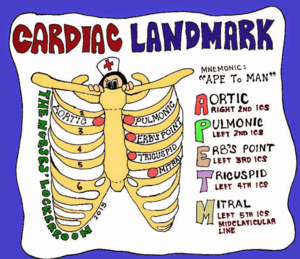14101781
ANA - PE care
Resource summary
Question 1
Question
Impaired gas [blank_start]exchange[blank_end] due to PE
Assess resp status regularly
Place in [blank_start]Fowler’s[blank_end] to maximise lung expansion and reduce venous return to the [blank_start]right[blank_end] side of the heart
Obtain doctor’s order for [blank_start]O2[blank_end] if necessary (indicated by SpO2)
Monitor ABG results
Maintain patient bed rest to reduce [blank_start]metabolic[blank_end] demands
Answer
-
exchange
-
Fowler’s
-
right
-
O2
-
metabolic
Question 2
Question
Decreased cardiac output due to PE
[blank_start]Auscultate[blank_end] heart sounds every [blank_start]2[blank_end] - [blank_start]4[blank_end] hours and report any [blank_start]abnormalities[blank_end]
Assess skin colour and [blank_start]temperature[blank_end]
Monitor neck vein [blank_start]distention[blank_end] and peripheral [blank_start]oedema[blank_end] which may indicate right sided HF
Instruct pt to report [blank_start]chest pain[blank_end] or related symptoms
Answer
-
2
-
4
-
Auscultate
-
abnormalities
-
temperature
-
distention
-
oedema
-
chest pain
Question 3
Question
Patient education:
Long term use of [blank_start]anticoagulant[blank_end] therapy will require pt education about how to [blank_start]administer[blank_end]/risks & benefits
Tell pt to wear [blank_start]MedicAlert[blank_end] tag to indicate they are using anticoag therapy
Explain [blank_start]symptoms[blank_end] of recurrent PE and tell them to report to [blank_start]emergency[blank_end] if these occur again
Answer
-
anticoagulant
-
administer
-
MedicAlert
-
symptoms
-
emergency
0 comments
There are no comments, be the first and leave one below:
Want to create your own Quizzes for free with GoConqr? Learn more.


